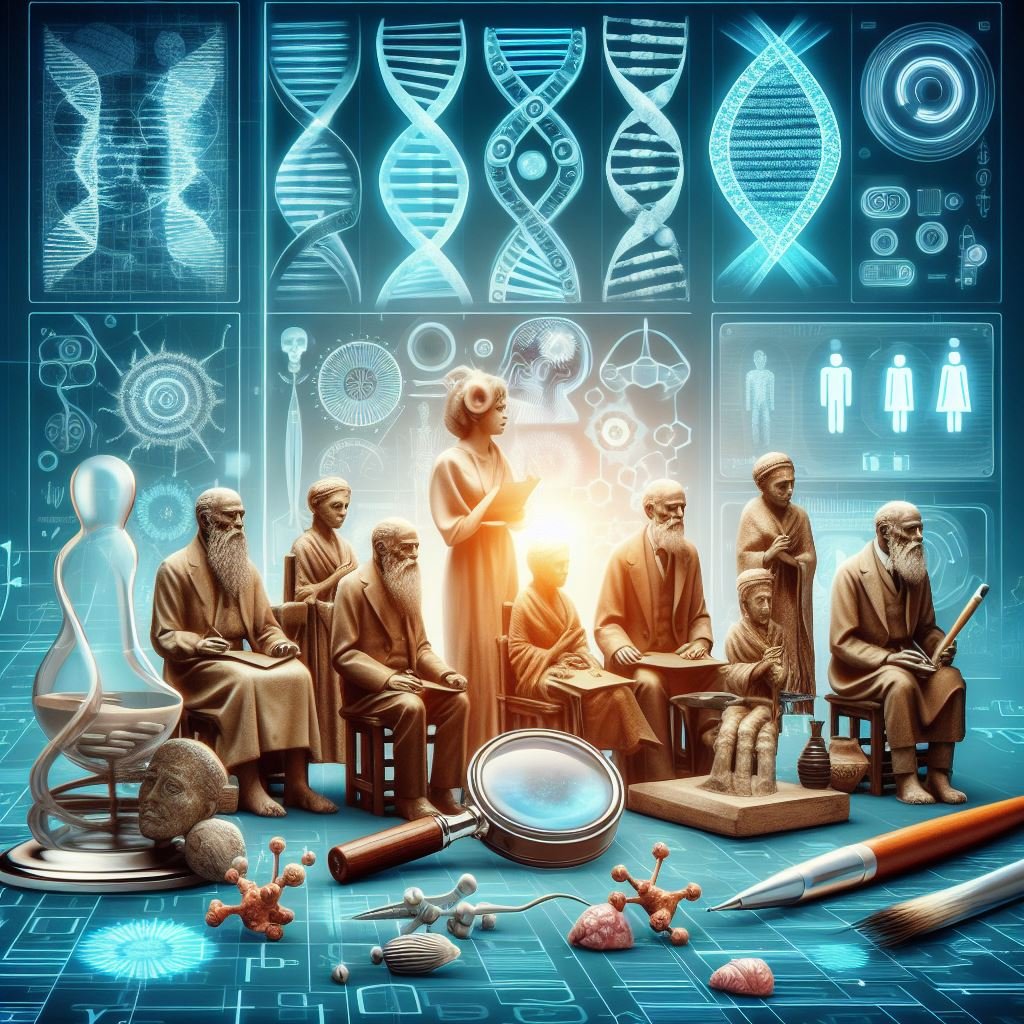How to Analyze Ancient DNA for Personal Genealogy

Analyzing ancient DNA for personal genealogy is an exciting and evolving field, blending the depths of history with the stories written in our genes. However, it's important to note that analyzing ancient DNA, especially for personal genealogy, requires specialized expertise and resources. Here's a basic overview of the process and how you might engage with it as a non-expert:
1. Understanding Ancient DNA: Ancient DNA (aDNA) is genetic material obtained from the remains of ancient organisms. It can provide insights into the genetics of past populations and how they relate to modern humans. However, aDNA is often degraded and contaminated, making its analysis complex.
2. Collecting Samples: Typically, aDNA is extracted from bones, teeth, or other biological materials that have been preserved for hundreds or thousands of years. As an individual, it's unlikely you'll be involved in this process, but understanding it is key.
3. Laboratory Analysis: aDNA analysis is conducted in specialized laboratories. The process involves extracting DNA, sequencing it, and then reconstructing the genome. This requires advanced technology and expertise in ancient genetics.
4. Collaborating with Researchers: If you're interested in aDNA for personal genealogy, one approach is to collaborate with academic researchers. This might involve contributing to a research project or seeking insights from experts who have access to ancient genetic data.
5. Using Commercial DNA Testing Services: Some commercial DNA testing services offer insights into ancient ancestry. These services compare your genetic markers to those found in ancient populations to give you an idea of your ancestral heritage. However, this is not the same as direct analysis of aDNA.
6. Interpreting Results: Understanding aDNA results requires knowledge of genetics, archaeology, and history. The data can show connections to broader population groups rather than direct lineage. It's about seeing where your genetics fit into the human story.
7. Ethical Considerations: The field of ancient DNA research involves significant ethical considerations, especially regarding the handling of human remains and respect for cultural heritage. It's important to be mindful of these aspects.
8. Stay Informed About Developments: The field of ancient DNA research is rapidly evolving. Staying informed about new discoveries and technologies can help you understand how these advancements might relate to personal genealogy.
9. Educational Resources: Engaging with educational materials like books, documentaries, and online courses on genetics and archaeology can provide a deeper understanding of the field.
10. Joining Community Discussions: Participating in forums and groups dedicated to genetics and genealogy can provide insights and allow you to connect with others who share your interest.
While analyzing ancient DNA for personal genealogy is a complex and specialized field, there are ways to engage with it. Whether through commercial DNA tests that provide a glimpse into your ancient heritage or by learning and collaborating with experts in the field, there are avenues to explore this fascinating intersection of genetics and history. Remember, the journey into ancient DNA is as much about understanding our collective past as it is about tracing individual lineage. 🧬🌍🔍

Ava Fernandez, celebrated for her vibrant narratives at GripRoom.com, blends cultural insights with personal anecdotes, creating a tapestry of articles that resonate with a broad audience. Her background in cultural studies and a passion for storytelling illuminate her work, making each piece a journey through the colors and rhythms of diverse societies. Ava's flair for connecting with readers through heartfelt and thought-provoking content has established her as a cherished voice within the GripRoom community, where her stories serve as bridges between worlds, inviting exploration, understanding, and shared human experiences.





























